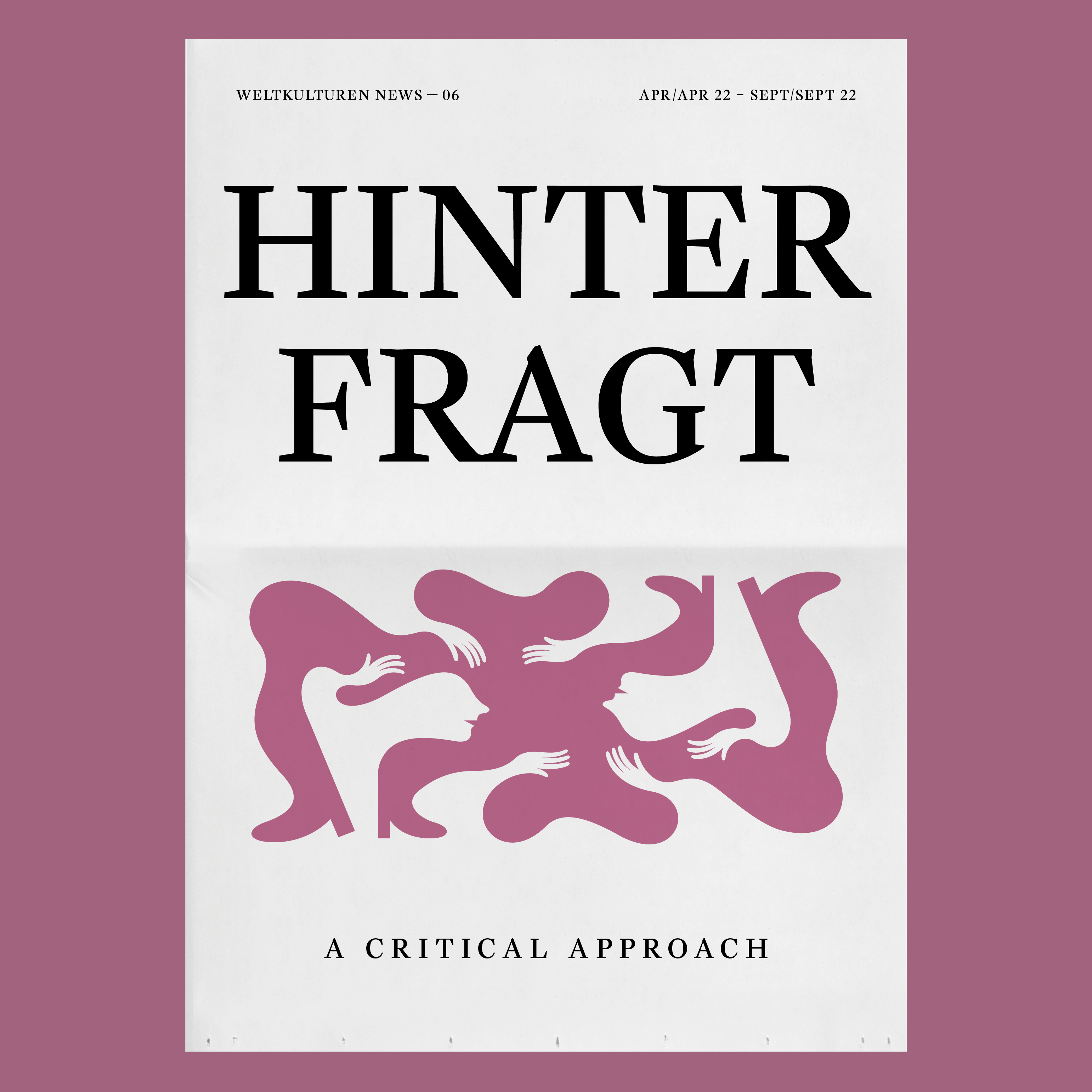THE SKULLS OF ANCESTORS FROM PAPUA-NEUGUINEA
Director and oceanist Dr Eva Ch. Raabe about her experience showing the skulls in exhibitions at the Weltkulturen Museum
As part of the critical examination of the role of museums in the colonial era, the way that museums care for, preserve and display human remains has also been scrutinised. The political debate surrounding German atrocities in colonial Namibia proved significant in shaping public opinion and was a major factor in changing people’s perception of Germany in the colonial era.
The repatriation of victims’ bones began as far back as 2011, but it was only after years of negotiations that the German government finally acknowledged that the persecution and murder of Herero and Nama in what used to be German South West Africa was actually genocide. The gruesome deeds that took place under German colonial rule are irrefutable and historically proven facts: after the Herero and Nama revolted, fleeing men, women and children were left to die of thirst in the Omaheke desert. Many Nama and Herero ended up in concentration camps where they were subjected to starvation, disease and forced prostitution. Imprisoned women had to remove the flesh from the skeletons of their executed relatives so that the human remains could be taken to anthropological collections in German museums and collections. It was not possible to mourn or bury the victims in accordance with their own customs. While Nazism and the persecution and murder of Jews is taught as a standard part of the curriculum in German schools, the role of Germans in the colonial era is more or less absent from lesson plans. Travel operators have exploited the vestiges of German colonial rule in Namibia for marketing purposes, and there has hitherto been little critical reporting in the media. A public investigation of the inhuman acts of violence inflicted during German colonial rule has been long overdue. Recent reports on the colonial origins of Namibian bones in museum collections have shocked many Germans, who had previously paid little attention to German colonial history. Many visitors have since become more sensitive to the way that human bones are displayed in museums.
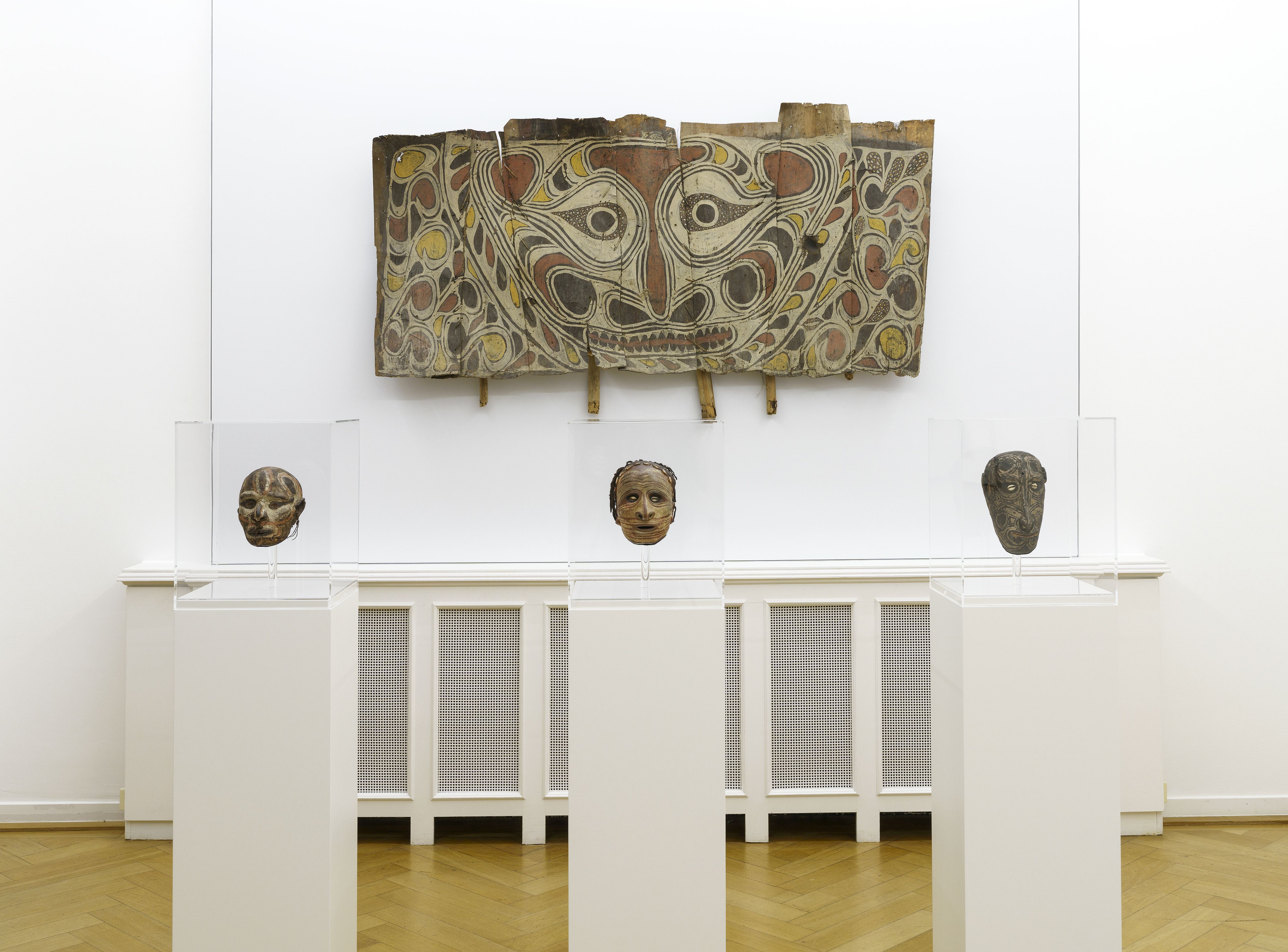
Two skulls of ancestors and a substitute at the exhibition "Green Sky, Blue Grass". Photo: Wolfgang Günzel
The decision about whether human remains should be displayed or not is far from easy in many cases. One example of this is the Papua New Guinean overmodelled painted skulls, which originate from the Iatmul who live along the middle course of the Sepik river. As an element of ancestor worship they were used like portraits to visualise deceased members of the clan. The skulls of big men in particular were covered with clay and painted with the symbols of the clan from which the deceased person came. In 1987, when the Weltkulturen Museum presented its holdings from all over New Guinea in an exhibition at Kunsthalle Schirn entitled “Neuguinea: Nutzung und Deutung der Umwelt” (New Guinea: Use and Interpretation of the Environment), ancestor worship was one of the themes highlighted as a key aspect of Melanesian religion. The fact that the overmodelled skulls from the Sepik region were also put on show was not questioned by exhibition visitors at the time. Placing human remains on display was accepted unthinkingly by the general public, whether the remains were in archaeological or ethnological museums, or in churches or ossuaries. The then director of Papua New Guinea’s national museum was invited to the opening of the exhibition, and even though he was himself New Guinean he had no problem with the skulls being shown. In my capacity as curator I discussed the individual installations with him while we wandered through the entire exhibition together, and he regarded the skulls in the same way as he would figures of ancestors or masks. In our conversation he made it clear that his main priority was the exhibits being presented within the correct context. He defined this as being an accurate depiction of cultural associations and religious contents.
Despite this experience, when devising the exhibition “Reisen und Entdecken: Vom Sepik an den Main” (Travelling and Discovering: From the Sepik to the Main) twenty years later I decided not to put the overmodelled skulls on display. The exhibition focused on the holdings that had been acquired for the museum on a 1961 collecting trip to the Sepik. While conducting tours through the collection I found time and time again that visitors spontaneously interpreted the overmodelled ancestor skulls as trophy heads, and even after they had been corrected they were fixated on war and headhunting. As far as possible I wanted to avoid the tired old cliché of the “last-remaining head hunters and cannibals” in inland New Guinea. In fact the change in meaning that the objects underwent on their journey from the society of origin to the museum was actually intended to serve as a leitmotif to communicate a critical view of museum narration and European reception. My decision – which was based on didactic considerations – not to use the overmodelled painted skulls as exhibits in 2007 certainly generated conflicting views among the general public. Some visitors complained that an overview of an ancestral cult of the dead was, in their opinion, incomplete without the skulls, while others lamented their absence as exceptional examples of portraiture. That made me doubt myself: had I perhaps falsified the correct context as had been stipulated by a New Guinean, and sacrificed my Western-oriented notions of how to stage an exhibition? Indeed, as long as the display sought to counter the cliché of the head hunter, why shouldn’t the skulls have been shown, given that they testify to the creativity and artistic skill of their society of origin!
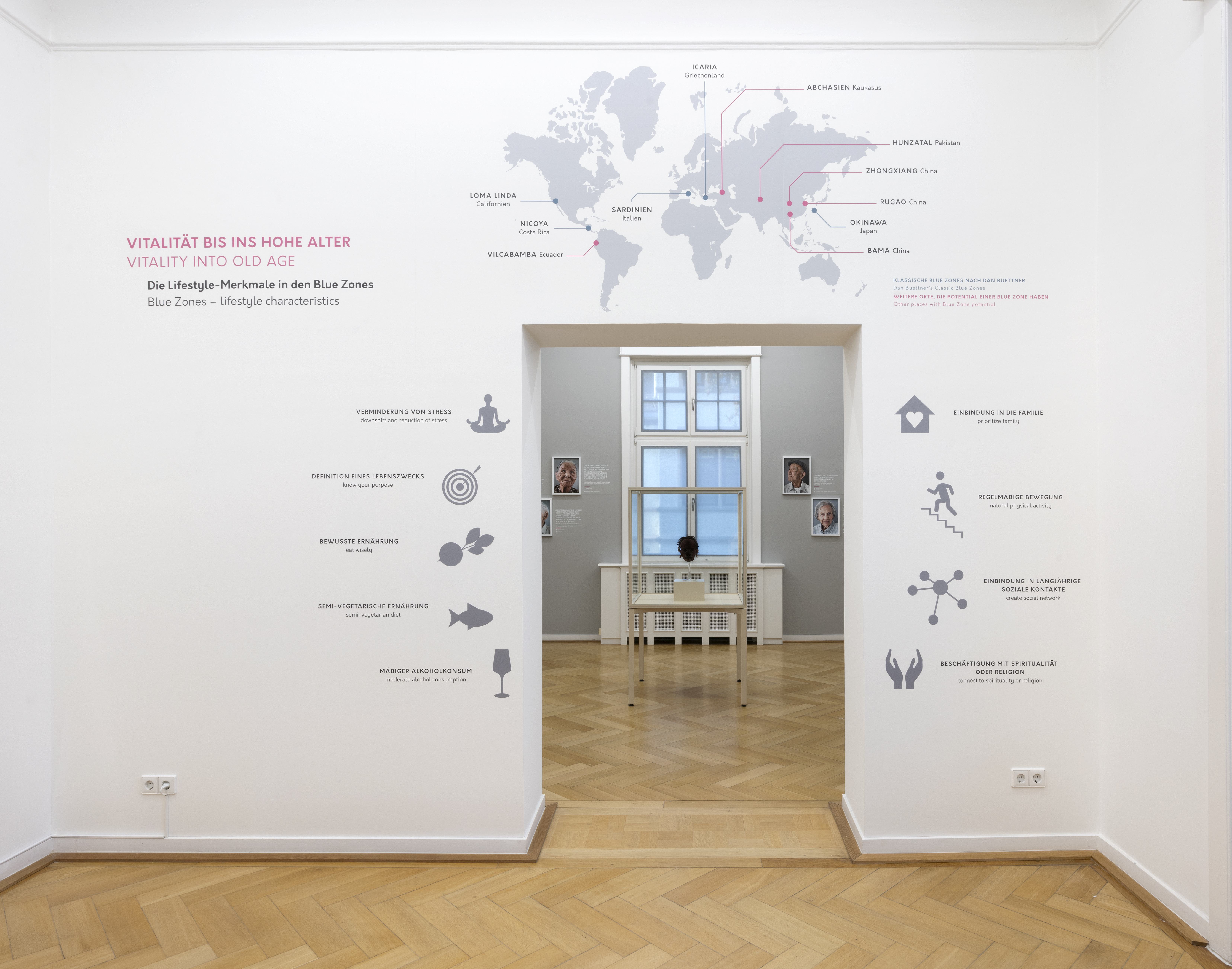
Ancestor skull in the exhibition "Grey is the new Pink". Photo: Wolfgang Günzel
On later projects, after extensive discussions with the curators these considerations led me to decide in favour of the skulls being displayed. In 2018, for example, one of these skulls was included in the exhibition “Grey is the New Pink: Moments of Aging” in connection with the themes of old age, vitality and memory. From the opening of the exhibition through to its closure, critical opinions from the general public simply failed to materialise. Yet things were very different only a year and a half later, when our current exhibition “Green Sky, Blue Grass. Colour Coding Worlds” opened in April 2021 and featured two Sepik ancestor skulls. Several visitors left critical commentaries, and in a lecture and in discussion sessions fellow scholars and cultural studies students questioned their presence as exhibits.
With reference to human remains in particular, there are various forms of violent contexts. To take the example of Namibia, human bones could be the remains of those who have fallen in battle or the executed victims of colonial rule. There are similarly cases of bones or skulls that have been removed from graves or denied a burial against the will of their relatives. But exhibiting objects that have been acquired in contexts such as exchange or purchase can also be problematic if their public display violates religious beliefs in the societies of origin. It is precisely in these contexts that the dividing line between human remains and artefacts often becomes hazy. Many Indigenous groups are known to have sacred objects representing humans that are subject to absolute secrecy. An example of this are the tjurunga from central Australia, which are no longer on display in the majority of museums because they are still regarded as sacred and secret in their culture of origin. There are undoubtedly sensitive contexts that make it seem questionable to exhibit or even store certain objects in Western museums. Yet the Sepik ancestor skulls are neither bones removed from burials, nor are they meant to be kept secret because of sacred beliefs in their societies of origin. Instead they represent a kind of cult of the dead that is not dissimilar to the Medieval European custom of ossuaries. A famous example of this phenomenon is the charnel house in Hallstatt, Austria, which can still be visited by tourists. The skulls at this site bear the deceased’s name and date of death. The Iatmul believed that the skulls of their ancestors were a manifestation of the vitality that ensured the survival of their own community. They were shown in public on certain occasions in order to demonstrate their potency. However, their significance waned not only after clan groups had died out and the deceased were no longer remembered, but also as missionary work and Christianisation grew more widespread. At this point older specimens were sold to European collectors, and in other cases – as late as the 1970s – new versions were produced specifically for sale. In the current exhibition, we can see how the painting on the skulls follows established models in order to define affiliation to a particular clan beyond death; categorised in cosmological terms, the colours and coloured patterns denote different social groups or familial associations. The overmodelled painted skulls are primarily a form of portraiture, and do not serve as evidence of supposedly primitive beliefs. The goal here is to make a general human cultural context visible while presenting the exhibits with appropriate explanations in a completely non-voyeuristic manner.
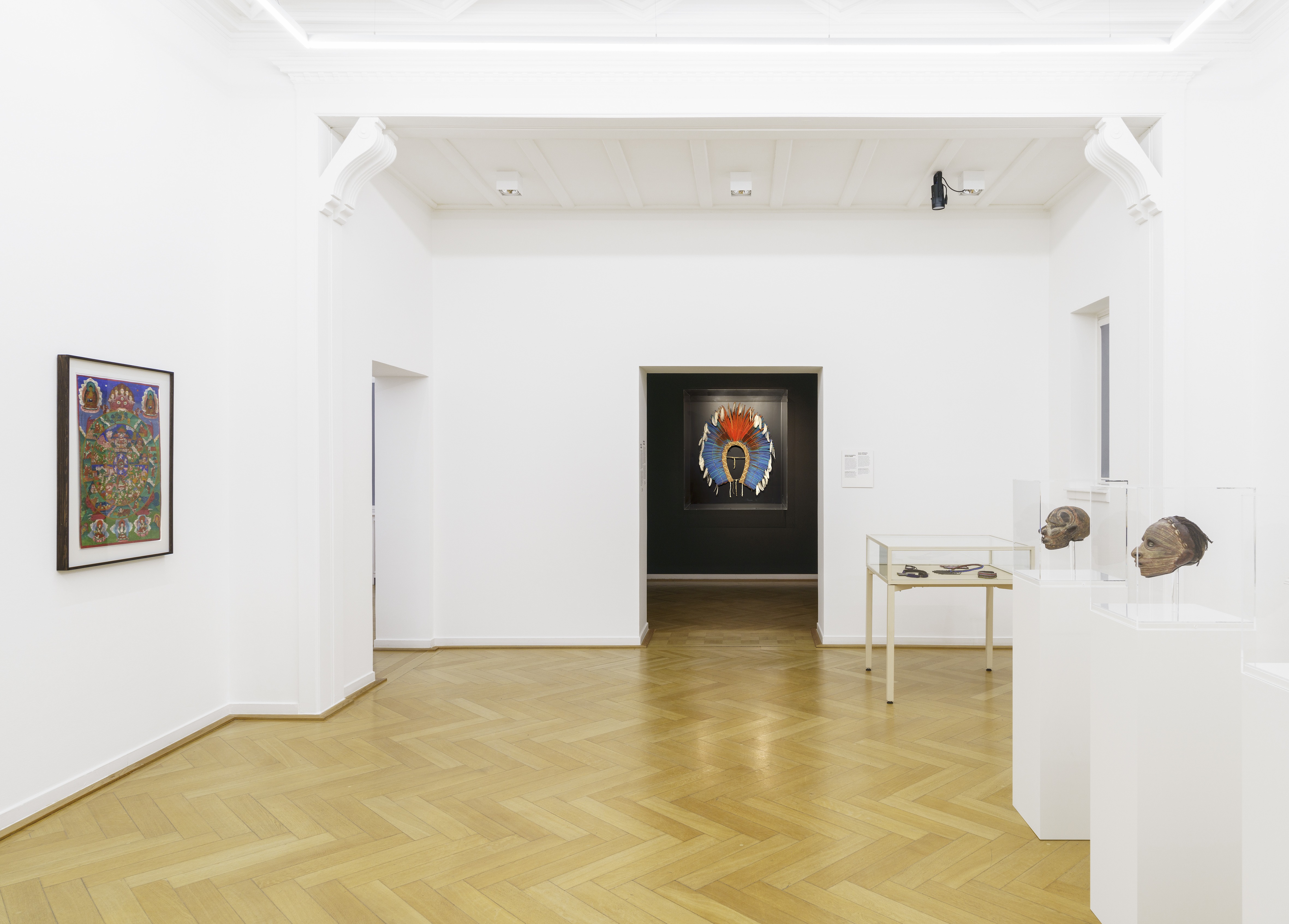
Two skulls of ancestors and a substitute at the exhibition "Green Sky, Blue Grass". Photo: Wolfgang Günzel
But it seems that many visitors to museums nowadays view every human remain in ethnological museums as being a violation of human dignity, and imagine acts of violence such as those committed by the Germans in Namibia. If an object in the collection consists wholly or partly of materials that are human in origin, that is per se a justification for not exhibiting it. But if the conditions for a sensitive sacred context within the society of origin do not apply and the cultural meaning is depicted correctly, then isn’t it the case that criticism of putting the ancestor skull on show actually stems from a temporally specific and individualistic European/Western sensitivity? Curators frequently find, for example, that there is huge debate about displaying twine made of human hair, although it was perfectly normal to use this material for binding or fishing in the society of origin and nobody had to die for the purpose. In the current exhibition a reproduction made of wood is being exhibited in addition to the two human skulls. Yet the critical comments did not indicate any kind of categorical difference between them. Did nobody notice this difference in materials, or was it regarded as irrelevant to the criticism? The wooden sculpture is painted with the appropriate clan colours and thus also represented a person. With respect to their function in the ancestor cult, there is absolutely no distinction between these “substitute” skulls and their counterparts of human origin. So was the visitors’ criticism not about exhibiting human remains as such, but primarily about the suspicion that its acquisition involved a context of colonial injustice? It is true that contemporary media mainly reflects the work of ethnological museums from the perspective of reappraising colonial history. The skull made of wood was acquired by Eike Haberland when he was conducting field work in 1963. During his collecting trip in Papua New Guinea, which was then under Australian administration, he paid his local trading partners in Australian dollars. The two human skulls in the exhibition were acquired from the dealer Arthur Speyer in 1979 and 1982. Like many objects from the trade in ethnographic objects it is no longer possible to reconstruct when they were collected from their original location and under which conditions. But if these skulls were already used by the Iatmul as bartering objects in the colonial era, can their original collectors be accused of wrongful appropriation, coercion or inadequate payment?
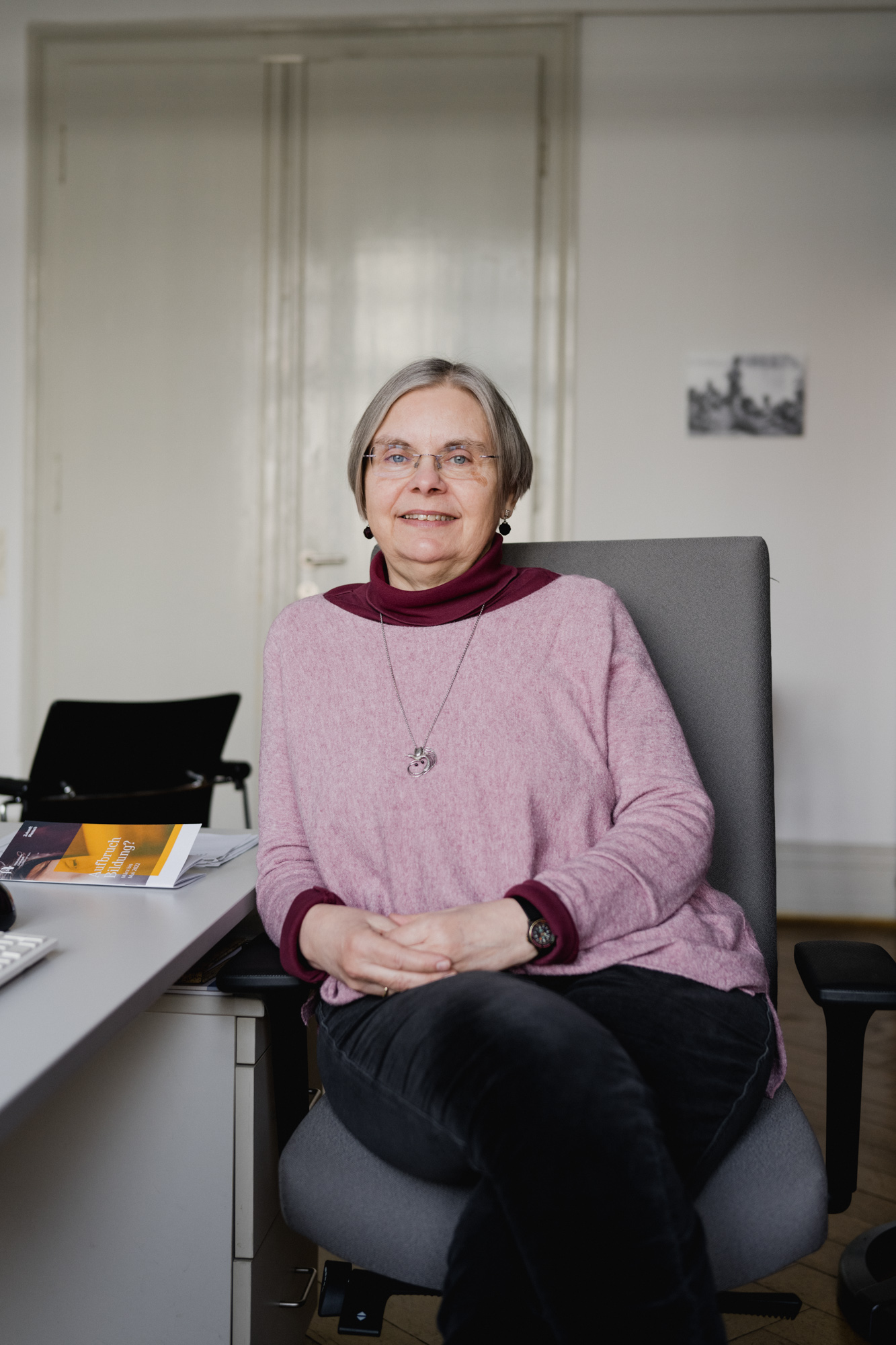
Director of the Weltkulturen Museum and oceanist Dr Eva Ch. Raabe
The debate surrounding human remains in museum collections and their colonial contexts is necessary in order to bring about a change of perspective. It has raised awareness of colonial crimes that have been concealed for far too long, expedited the discussion on repatriation and led to more sensitivity in handling exhibits that are human in origin – not only in ethnological museums but also in those dedicated to archaeology and history. The question of whether putting an object on show would violate human dignity or the dignity of a deceased person is a factor that curators weigh up for every exhibition, and one that is critically monitored by many visitors. With specific respect to the Sepik ancestor skulls, the reactions from museumgoers show that these skulls can indeed be exhibited nowadays without conjuring up the cliché of a “primitive” head hunting culture. But this debate also throws up numerous questions to which no answer has yet been found. Every culture has its own approach to dealing with the mortal remains of relatives, to mourning ceremonies and to the attitude taken towards death and dying, and these approaches have changed repeatedly over the course of human history. In many Indigenous societies a new cultural awareness has been established. Museums now require a particular protocol to be followed for diverse objects which not too long ago would have been regarded as worthless remnants of an outmoded way of life. Human remains are no exception to this. What happens if – as is the case with the ancestor skulls on display – the immediate society of origin cannot be traced because the documentation is missing, although a clan society might well still exist? Who is responsible for making the decision in this situation: a national museum or a national government? The negotiations between museums and the originators of their collections will never be completed. Like each and every human society, the museum as an institution is subject to constant changes. All those involved – people from the societies of origin as well as museum curators and visitors – are shaped by their social and personal experiences and by contemporary events. And that means the questions we ask and the answers we find are similarly subject to the vagaries of time.
You can find this article in our Weltkulturen News 06.
If you love print as much as we do, you can sign up here for the print edition. It's bilingual in German and English and it's free of charge.
Bio
Dr. Eva Ch. Raabe (b. 1957) studied ethnology at Georg-August Universität Göttingen. Between 1985 and 2019 she was the curator for Oceania at the Weltkulturen Museum in Frankfurt am Main. In 2011 she became the museum’s deputy director, then acting director in 2015, and she has been the overall director since 1 October 2019. Her specialisations are the ethnology of art, material culture studies and Melanesian art. Not only has she collected contemporary art from Papua New Guinea on behalf of the museum, she has also curated numerous exhibitions. From 1991 to 2000 she taught at Philipps-Universität Marburg. She was a co-founder of Galerie 37 (1997-2010), a dedicated exhibition space for non-European art at the Weltkulturen Museum which UNESCO recognised as contributing to the World Decade for Cultural Development. In 1998/99, Eva Raabe was the recipient of an international research fellowship at the Australian National University’s Centre of Cross-Cultural Research in Canberra. During this research year she worked with contemporary artists in Papua New Guinea and explored their reception by a European audience.
This article appeared in Weltkulturen News 06 "Hinterfragt" (April to October 2022).
You can subscribe to the current issue of Weltkulturen News free of charge here:
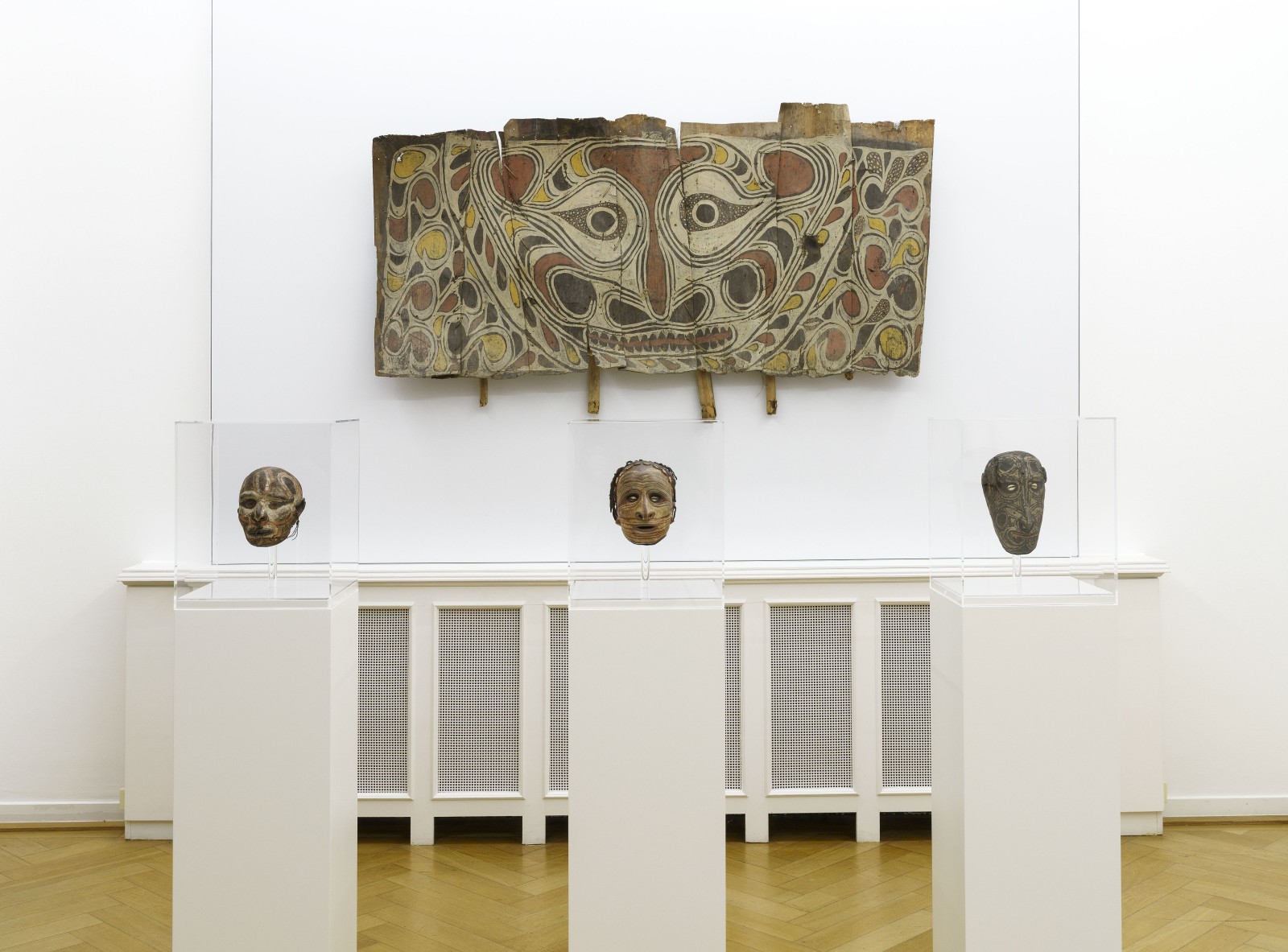 Two skulls of ancestors and a substitute at the exhibition "Green Sky, Blue Grass. Colour Coding Worlds". Photo: Wolfgang Günzel
Two skulls of ancestors and a substitute at the exhibition "Green Sky, Blue Grass. Colour Coding Worlds". Photo: Wolfgang Günzel

